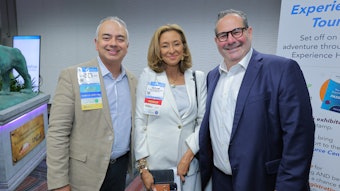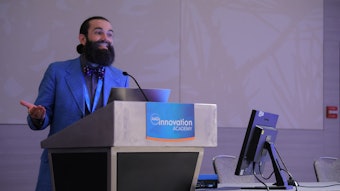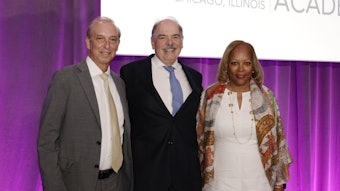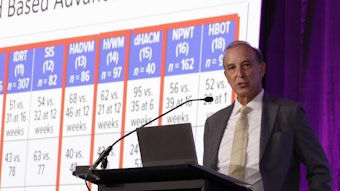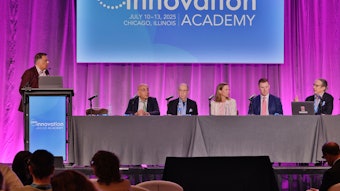Time for a closer look
Today, clinical experts will provide insightful approaches and emerging innovations in identifying, treating, and managing non-melanoma skin cancer.
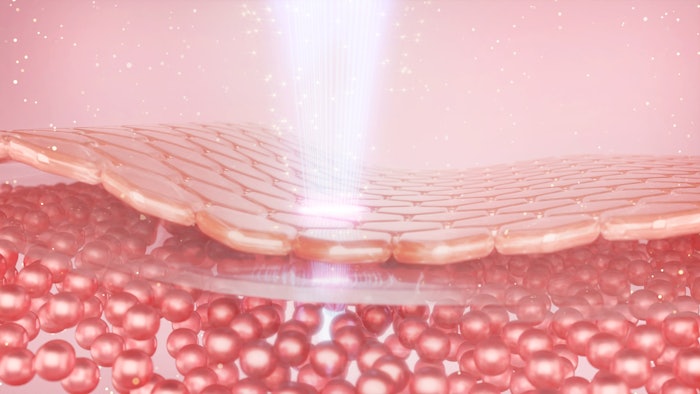
P020 – Beyond the Surface: Innovations and Cutting-Edge Therapies in Non-Melanoma Skin Cancer
3:30–5:30 p.m. | Saturday, July 12
Grand Ballroom D
According to David R. Carr, MD, MPH, FAAD, FACMS, the landscape of non-melanoma skin cancer (NMSC) has transformed considerably in the past 10 years. Innovations and advancements — both recent and imminent — support a bespoke approach to NMSC that is tailored to an individual patient’s unique risk profile.
In this afternoon’s session, P020 – Beyond the Surface: Innovations and Cutting-Edge Therapies in Non-Melanoma Skin Cancer, Dr. Carr and others will examine areas of rapid progress related to NMSC, including diagnosis, prognosis, and treatment.
Take it personally
 David R. Carr, MD, MPH, FAAD, FACMS
David R. Carr, MD, MPH, FAAD, FACMS
“We now have stronger evidence supporting the role of complete margin assessment, particularly Mohs micrographic surgery, for managing high-risk tumors and those in anatomically sensitive areas,” he said.
Dermatologists also have observed increased substantiation of adjuvant radiation therapy, which can help reduce recurrence, and systemic therapies that provide better outcomes for patients whose disease is locally advanced or inoperable, Dr. Carr said.
For patients who are diagnosed with cutaneous squamous cell carcinoma (cSCC), he said there are new tools and techniques to aid physicians in predicting the course of the condition. These include:
- Subcategories within conventional stages
- Gene expression profiling for improved risk stratification
- riSCC prognosis model, which combines patient factors and tumor characteristics to calculate a more refined propensity score
- COMPASS staging system
“Historically, we have relied on staging systems to guide prognosis, but recent advancements offer more detailed and individualized risk prediction,” Dr. Carr said. “Together, these tools represent a significant shift toward more precise, personalized cSCC management.”
Proceed with caution
Also evolving are the models used in treating immunosuppressed patients with NMSC, said Kathryn Shahwan, MD, FAAD, FACMS, associate professor of dermatology in the division of dermatologic surgery at The Ohio State University. She will present new research analysis that relates to important prognostic aspects and treatment methods.
 Kathryn Shahwan, MD, FAAD, FACMS
Kathryn Shahwan, MD, FAAD, FACMS
Organ transplant patients also are at higher risk of advanced cSCC and are susceptible to organ rejection with immunotherapy, said Dr. Shahwan. Fortunately, early data evaluating specific immunosuppression treatments and pulse-dosed steroids have shown potential to mitigate risk.
“The risks and benefits of these therapies must be weighed carefully on a case-by-case basis,” she said.
While surgery continues to be the standard of care for most NMSC cases, she said immunotherapy has produced new options for patients with advanced disease. Today, there are three FDA-approved systemic therapies for adults with locally advanced and metastatic cSCC.
Dr. Shahwan also recommends collaborating with other specialists and multidisciplinary tumor boards as well as referencing research to help navigate complex scenarios.
Find a fresh perspective
 Claire F. Verschraegen, MS, MD, FACP, FASCO
Claire F. Verschraegen, MS, MD, FACP, FASCO
As a renowned oncology expert, Dr. Verschraegen will cover treatment strategies that help increase immune system activity in NMSC patients and review innovations in systemic therapy. Along with Dr. Shahwan, she is a big proponent of establishing a multidisciplinary team and making early referrals.
“New systemic immunotherapy medications focus on allowing the immune system to recognize the cancer and increasing the activity of immune cells into differentiated cells that recognize these neoantigens and are able to eliminate them,” Dr. Verschraegen said. “This process, however, is super complex and many immunotherapy interventions focus on various steps in the immune recognition cascade.”
Among the available FDA-approved agents are PD-1 monoclonal antibody inhibitors, specifically pembrolizumab, nivolumab, and cemiplimab, she said. Add-on therapies are also in development and have successfully completed late-stage clinical trials, she said, such as RP1 and RP2.
Explore old options in new ways
Patricia Richey, MD, FAAD, FACMS, director of Mohs surgery at Boston University and visiting professor at Harvard Medical School, will discuss energy-based devices as a noninvasive alternative to treat and prevent NMSC.
 Patricia Richey, MD, FAAD, FACMS
Patricia Richey, MD, FAAD, FACMS
Dr. Richey, who is also a researcher at Wellman Center for Photomedicine, will reference a study completed at the Massachusetts General Laser and Cosmetic Center that observed patients who received NAFL treatment were 2.65 times less likely to develop a new facial keratinocyte carcinoma than patients who did not receive treatment.
“More studies are needed to fully elucidate the mechanism, but it’s possible that reducing photodamage and inducing a ‘wound healing’ response may provide a cellular advantage,” said Dr. Richey. “There has also been some early evidence indicating vascular lasers, such as the pulsed dye laser, may provide some protection as well.”
Speakers Mary Elizabeth Lohman, MD, FAAD, and Basia M. Michalski, MD, FAAD, round out the session panel, speaking on NMSC imaging techniques and superficial radiation therapy, respectively.
